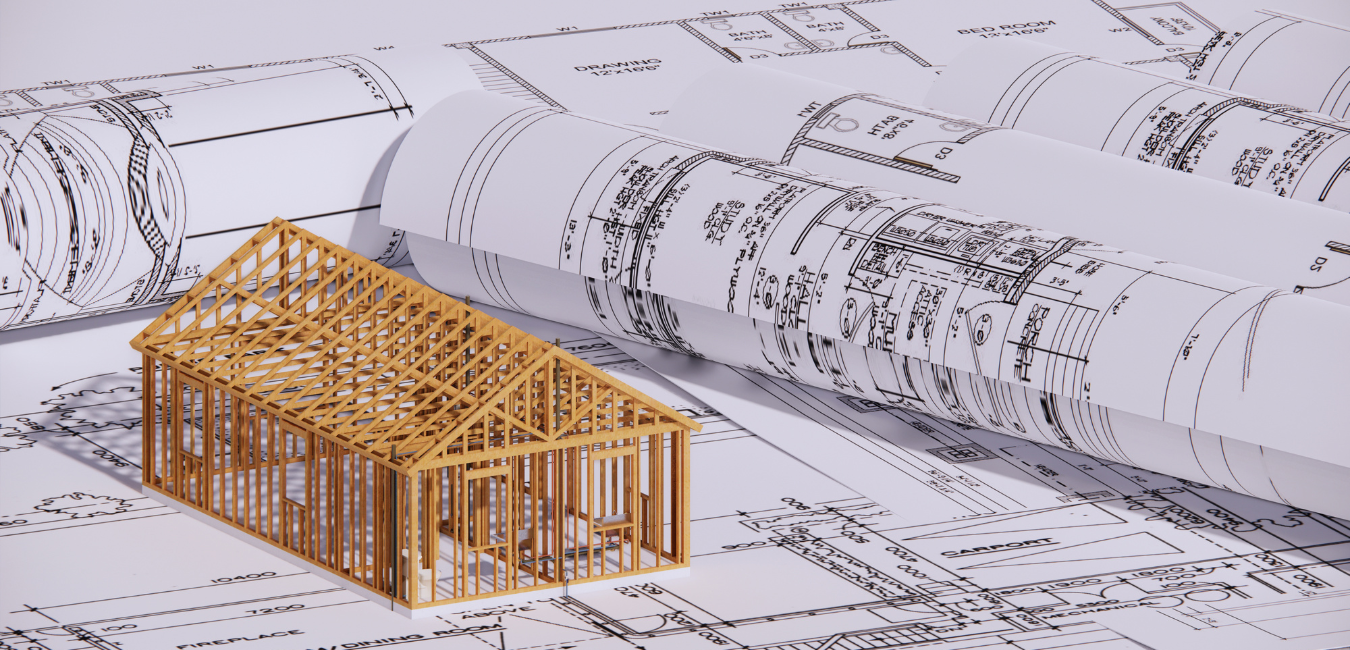Exactly How CDA Architects Integrate Eco-Friendly Practices in Architectural Projects
Exactly How CDA Architects Integrate Eco-Friendly Practices in Architectural Projects
Blog Article
Understanding the Collaborative Process Between Engineers and Engineers in Modern Building And Construction Projects
The collaborative process between engineers and designers is essential in modern building and construction projects, as it balances style intent with design expediency. Discovering these characteristics discloses understandings that could considerably affect task outcomes and overall market standards.
The Importance of Collaboration
The collective synergy between engineers and designers is vital for the effective understanding of any building and construction task. This collaboration combines distinct know-how and viewpoints, allowing the integration of ingenious style with sensible engineering options. By working with each other, architects and designers can ensure that a task not just fulfills visual and useful needs but additionally complies with safety and security, sustainability, and financial restraints.
Cooperation promotes a common vision, assisting in the placement of goals and assumptions from the beginning. This placement is crucial in addressing potential difficulties and mitigating dangers that might develop throughout the task lifecycle. A joint method permits for the effective allotment of sources, optimizing both time and price.
The value of cooperation encompasses the repetitive process of layout and building, where responses from engineers can inform building decisions, causing more feasible and sustainable styles. On the other hand, engineers can motivate engineers to assume creatively regarding just how to achieve structural stability without jeopardizing imaginative intent. Eventually, the collaborative connection between engineers and engineers is not just valuable; it is fundamental to the creation of top notch, functional, and innovative constructed environments that satisfy the demands of society.
Interaction Methods and Devices
Reliable communication methods and tools are vital for cultivating cooperation in between designers and designers throughout the task lifecycle. Developing clear networks of interaction is necessary to make certain that all employee are lined up with task purposes, timelines, and responsibilities. Routine meetings, both in-person and online, provide possibilities for stakeholders to go over development, address concerns, and make educated decisions.
Making use of project administration software application, such as BIM (Structure Information Modeling) platforms, boosts cooperation by enabling real-time sharing of style modifications and technical requirements. These tools facilitate openness, enabling engineers and designers to picture adjustments and examine their impact on the overall job.

Shared Goals and Project Vision

Establishing common objectives includes open dialogue and an extensive understanding of each self-control's contributions. Architects generally concentrate on layout intent, spatial connections, and user experience, while engineers stress architectural stability, systems performance, and conformity with regulations (cda architects). When these viewpoints are aligned, the result is a cohesive project that sticks to both creative goals and technological feasibility
In addition, a well-defined job vision promotes accountability among staff member, encouraging each individual to take ownership of their duty in accomplishing the desired result. Routine check-ins and collective workshops can better strengthen this dedication, permitting adjustments to be made as the job here develops. Ultimately, a shared vision not just boosts team effort yet additionally raises the top quality of the last deliverable, leading to effective job completion.
The Role of Technology
Leveraging technology has become necessary in boosting collaboration between engineers and designers. The integration of advanced software tools helps with real-time interaction and information sharing, enabling groups to function extra efficiently and successfully. Building Information Modeling (BIM) stands out as a crucial technology, permitting both engineers and designers to produce in-depth 3D models that envelop style intent and structural integrity. This common aesthetic depiction lessens misconceptions and improves the decision-making procedure.
Additionally, cloud-based systems allow smooth collaboration, enabling task stakeholders to accessibility and update job information from anywhere. This promotes a culture of openness and accountability, as changes can be tracked and reviewed in real-time. their explanation Furthermore, mobile applications additional boost communication, supplying on-site groups with prompt accessibility to project specs and updates.
Arising modern technologies such as expert system and artificial intelligence are also beginning to contribute in anticipating evaluation, aiding groups recognize possible issues prior to they develop. Inevitably, the role of modern technology in architecture-engineering cooperation not just boosts process efficiencies but also improves development, leading to even more effective task results. By welcoming these technical improvements, engineers and engineers can make sure a much more natural and productive collaborative procedure throughout the building and construction lifecycle.
Study in Successful Collaborations
Various study highlight the profound impact of efficient collaborations between engineers and engineers on project end results. One remarkable example is the collaboration on the High Line in New York City City, where landscape engineers, designers, and urban organizers functioned with each other to change a deserted rail line right into a vivid public park. This multidisciplinary method not just improved the aesthetic quality however also made certain architectural safety and security and environmental sustainability.
One more excellent situation is the layout and construction of the Sydney Opera House. The partnership between architect JÃ ¸ registered nurse Utzon and architectural designer Ove Arup exhibited ingenious problem-solving. Their collaboration enabled for the renowned shell-like layout while addressing complex design difficulties, inevitably resulting in a timeless architectural masterpiece.
The Burj Khalifa in Dubai better demonstrates the relevance of joint efforts. cda architects. The combination of design and design competence made it possible for the project team to accomplish unmatched elevations while sticking to safety policies and aesthetic vision
These examples highlight the relevance of interaction, trust, and shared objectives. In today's complicated building atmosphere, such collaborations are necessary to navigating challenges and delivering projects that meet both browse around this web-site practical and visionary goals.
Final Thought
In conclusion, the cooperation between architects and designers is necessary for the success of contemporary construction tasks. Efficient communication strategies, a shared project vision, and the assimilation of sophisticated technologies are essential elements that facilitate this collaboration.
Report this page